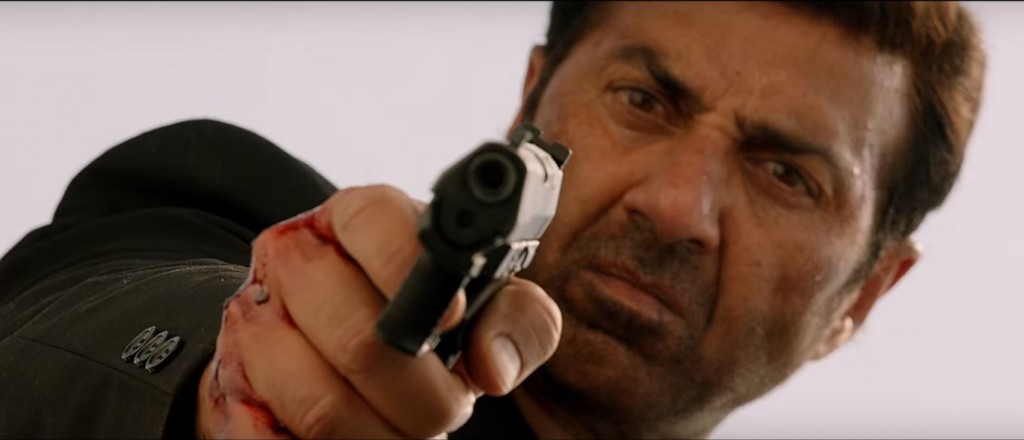Looking back at the original Ghayal, it’s easy to understand why the visceral drama left such an impression. It was high on intensity and emotion, and there was an integrity to it that was lacking in so many other films of the time.
The eighties and early nineties were not great times for Hindi cinema. But I grew up on a staple Bollywood diet, and that was what film meant to me. The impact of Ghayal and Sunny Deol’s performance was like slow burning ember. I watched it like I would any other film. But, as the cliché goes, it stayed with me. When I saw a scene with two brothers, I would immediately recall Raj Babbar and Sunny Deol. Morally ambiguous cops, jail scenes, villain hunts – I realized that Ghayal became a benchmark for all of these without my realizing it.
Looking back, it’s easy to understand why the visceral drama left such an impression. It was high on intensity and emotion, and there was an integrity to it that was lacking in so many other films of the time. Both Damini and Ghatak, that Sunny Deol and Raj Kumar Santoshi collaborated on after Ghayal, were of a similar timbre. The rawness had an appeal that even films today would be hard pressed to match. In large parts, that appeal was down to Sunny Deol’s endearingly honest performance. Many actors have played angry on screen, few actually seem as angry as Sunny. The film captured his innocence (in the first half) and his anger (in the second half) perfectly, bringing out the best in the actor.
Sunny Deol brings the same honesty to the sequel. He doesn’t say much (he possibly must have had the least dialogue for a leading man) but he busts Mumbai to save his daughter and get to the bad guy, and gives us a little big of nostalgia along the way. The treatment of the “villain”, a business mogul called Raj Bansal who lives in a house that strongly resembles a certain other business tycoon’s towering residence in Mumbai is interesting, because he’s shown to be a ruthless business man but not necessarily a bad person. And then there are cute nuggets like naming the paper he works for Satyakam.
But the film is not effective or engaging, because it is too tacky. There are scenes where it looks like the it didn’t make it through post-production at all. Dubbing is off on a number of occasions, and the repeated ariel shots of Raj Bansal’s house become embarrassingly fake, especially in the climax. Some of the plot points written in to make the story creditable are amateurish, and there is generally a sense that this is not a film made by professionals.
Watch it only to indulge in some Deol love.
Hindi, Action, Drama, Color


